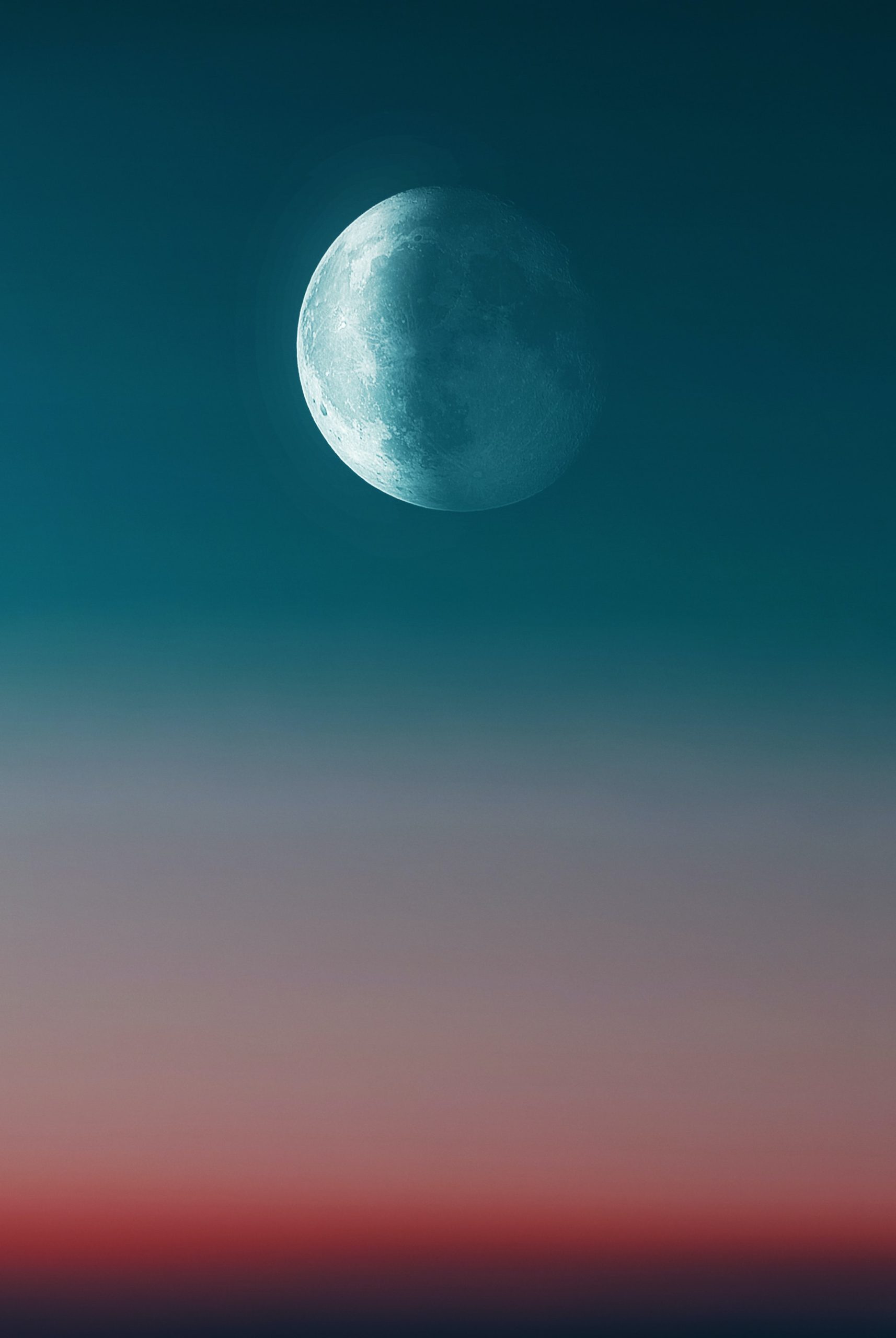What Causes the Moon to Have Phases?
Have you ever looked up at the night sky and noticed the ever-changing shape of the moon? The moon goes through a fascinating cycle of phases, transitioning from a new moon to a full moon and back again. But what exactly causes these phases? In this blog post, we will delve into the science behind the lunar phases and unravel the mystery of why the moon appears to change its shape.
The Basics: Understanding the Moon’s Orbit
Before we dive into the specifics of lunar phases, let’s begin by understanding the moon’s orbit around the Earth. The moon orbits our planet in an elliptical path, meaning it doesn’t follow a perfect circle. This elliptical orbit takes approximately 29.5 days to complete, and it influences the way we see the moon from Earth.
As the moon orbits the Earth, it also reflects sunlight, which allows us to see its illuminated surface. The changing position of the moon in relation to the Earth and the Sun is the primary reason behind the moon’s phases.
The New Moon: Starting Point of the Lunar Cycle
The lunar cycle begins with the new moon phase. During this phase, the moon is positioned between the Earth and the Sun, with its dark side facing us. Since the side we see lacks sunlight, the moon appears completely dark or invisible, making it difficult to spot in the night sky.
When the moon is in the new moon phase, it rises and sets with the Sun, typically rising in the east in the morning and setting in the west in the evening.
Waxing Crescent: The First Glimpse of the Moon
After the new moon phase, the moon enters the waxing crescent phase. During this phase, a small portion of the moon becomes illuminated by sunlight, gradually increasing our ability to see it. The illuminated section appears as a thin crescent shape on the right side of the moon for observers in the Northern Hemisphere and on the left side for observers in the Southern Hemisphere.
As the days progress, the visible portion of the moon continues to grow, and we move further into the lunar cycle.
First Quarter: Halfway Through the Cycle
When approximately one week has passed since the new moon, we reach the first quarter phase. At this point, half of the moon is illuminated, making it appear as a “half moon” in the sky. The illuminated side of the moon always faces towards the Sun, while the dark side faces away from it.
You may be wondering why it’s called the “first quarter” when the moon is halfway through its cycle. This naming convention is based on the idea that the lunar cycle can be divided into four equal parts, with each quarter representing a distinct phase.
Waxing Gibbous: Almost Full
Following the first quarter phase, the moon enters the waxing gibbous phase. During this phase, the illuminated portion of the moon continues to grow, but it is not yet fully illuminated. As a result, the moon appears as a larger, more pronounced crescent, with the illuminated section shifting towards the center of the lunar disk.
During this stage of the lunar cycle, the moon’s brightness increases, and we start to notice more details on its surface, such as craters and mountains.
Full Moon: The Peak of Illumination
After approximately two weeks since the new moon, we reach the much-anticipated full moon phase. During this phase, the moon is positioned opposite the Sun, with its fully illuminated side facing Earth. As a result, the moon appears as a complete circle in the night sky.
The full moon rises when the Sun sets, offering spectacular views of its bright, glowing surface. It is worth mentioning that contrary to popular belief, the full moon does not always appear larger in size; this is an optical illusion called the “moon illusion.”
Waning Gibbous: Gradual Dimming
Following the full moon phase, the moon begins its journey towards the waning phases. The first waning phase is known as the waning gibbous. During this phase, the illuminated section of the moon starts to shrink, gradually becoming thinner and shifting towards the right side of the lunar disk in the Northern Hemisphere.
As the days progress, the moon continues to decrease in brightness and size.
Third Quarter: Another Half Moon
About three weeks into the lunar cycle, the moon reaches the third quarter phase. Similar to the first quarter phase, during the third quarter phase, half of the moon is illuminated, but the illuminated side now faces away from the Sun. This means that the right side of the moon appears illuminated for observers in the Southern Hemisphere and the left side for those in the Northern Hemisphere.
Just like before, the name “third quarter” indicates that the moon is three-quarters of the way through its cycle.
Waning Crescent: The Last Phase
The final phase of the lunar cycle is the waning crescent. In this phase, only a small sliver of the moon appears illuminated, resembling a thin crescent shape. The illuminated section of the moon continues to diminish until it ultimately returns to the new moon phase, restarting the cycle once again.
During the waning crescent phase, the moon rises and sets close to sunrise, often making it challenging to observe in the sky.
The Celestial Dance: Earth, Moon, and Sun
The lunar phases are a direct result of the intricate dance between the Earth, Moon, and Sun. As the moon orbits the Earth, different portions of its illuminated side become visible to us. The changing position of the moon in relation to the Sun determines each phase of the lunar cycle.
Next time you gaze at the moon, take a moment to appreciate the beauty and complexity of its phases. The moon’s ever-changing appearance adds a touch of magic to our nights and serves as a reminder of the celestial wonders that surround us.
Table of Contents
